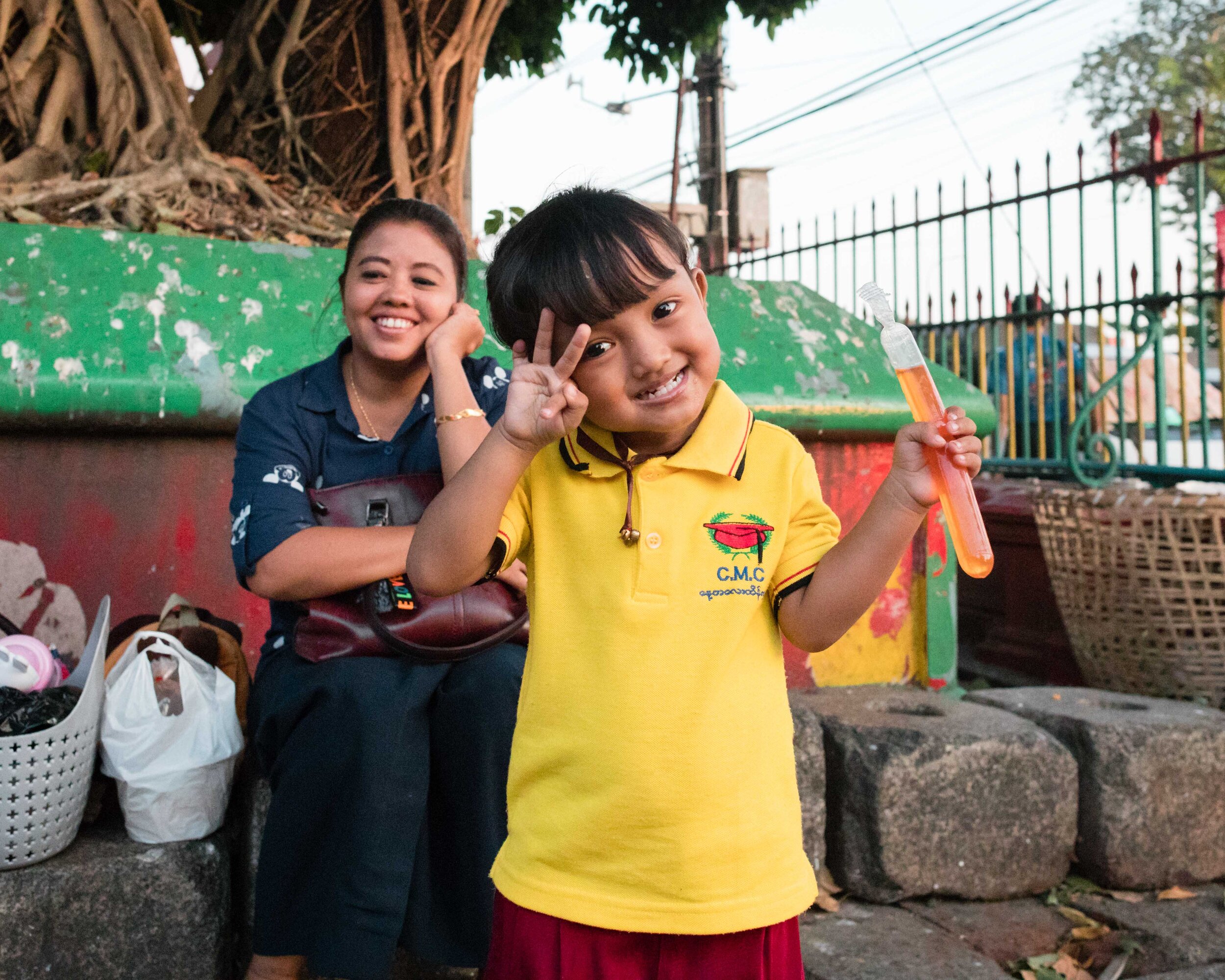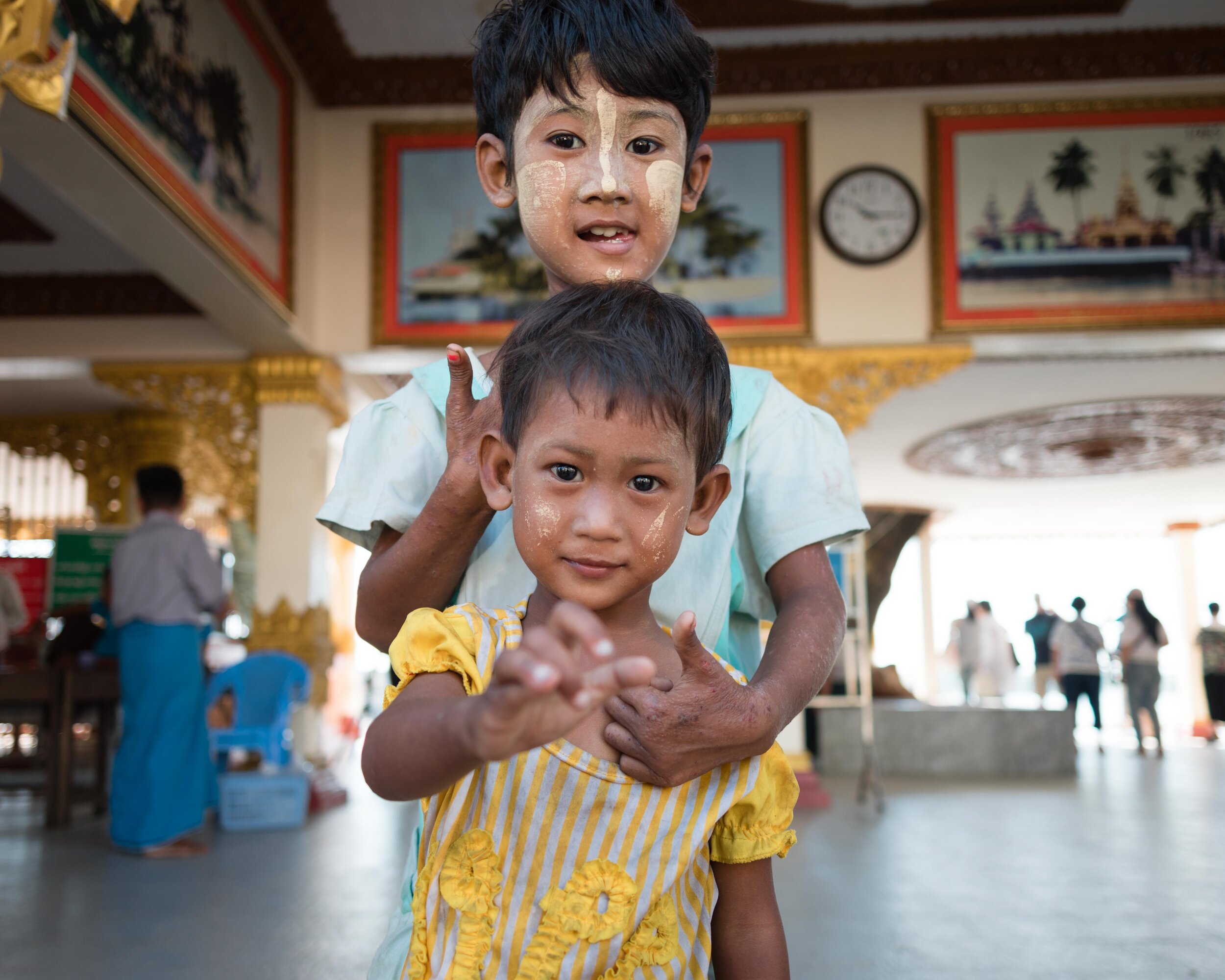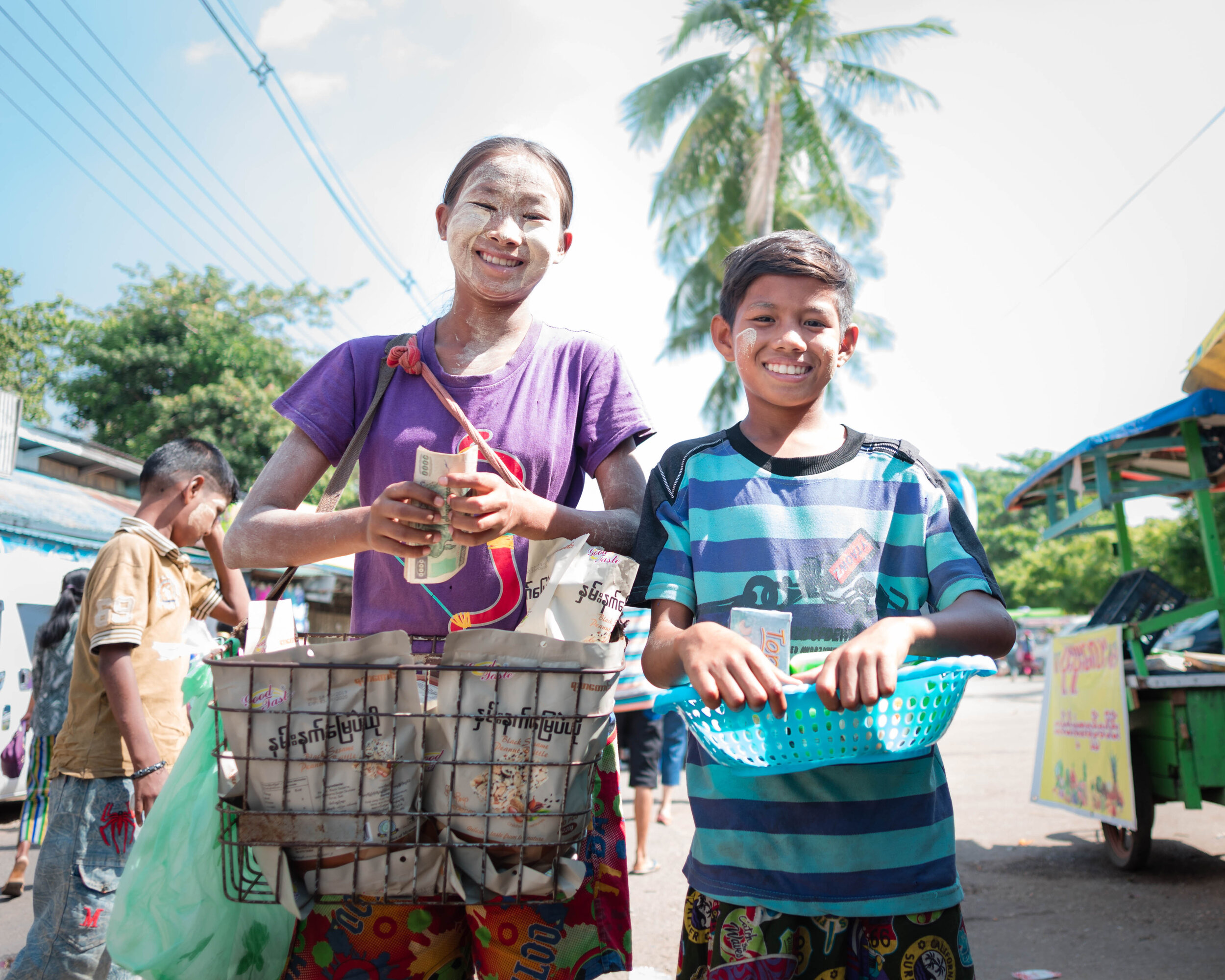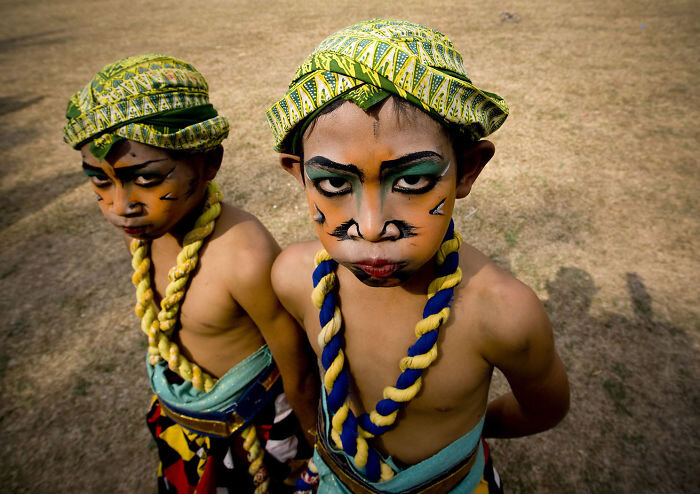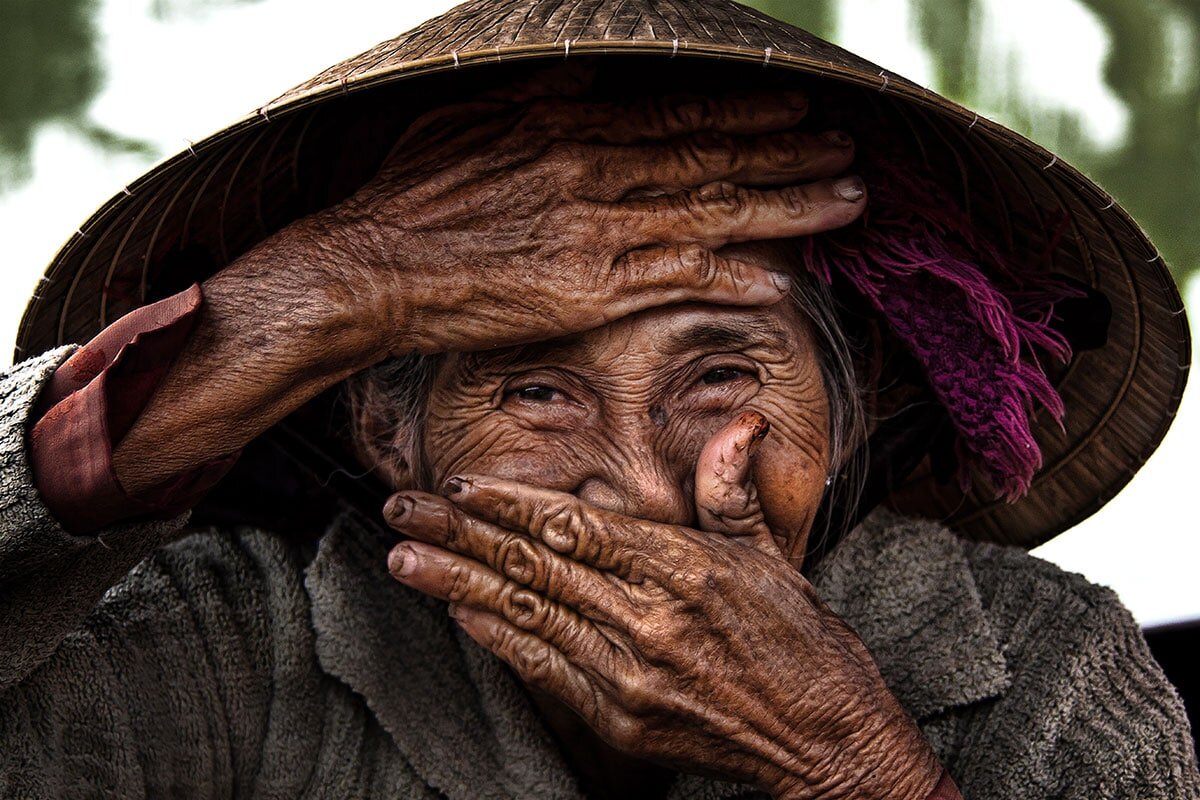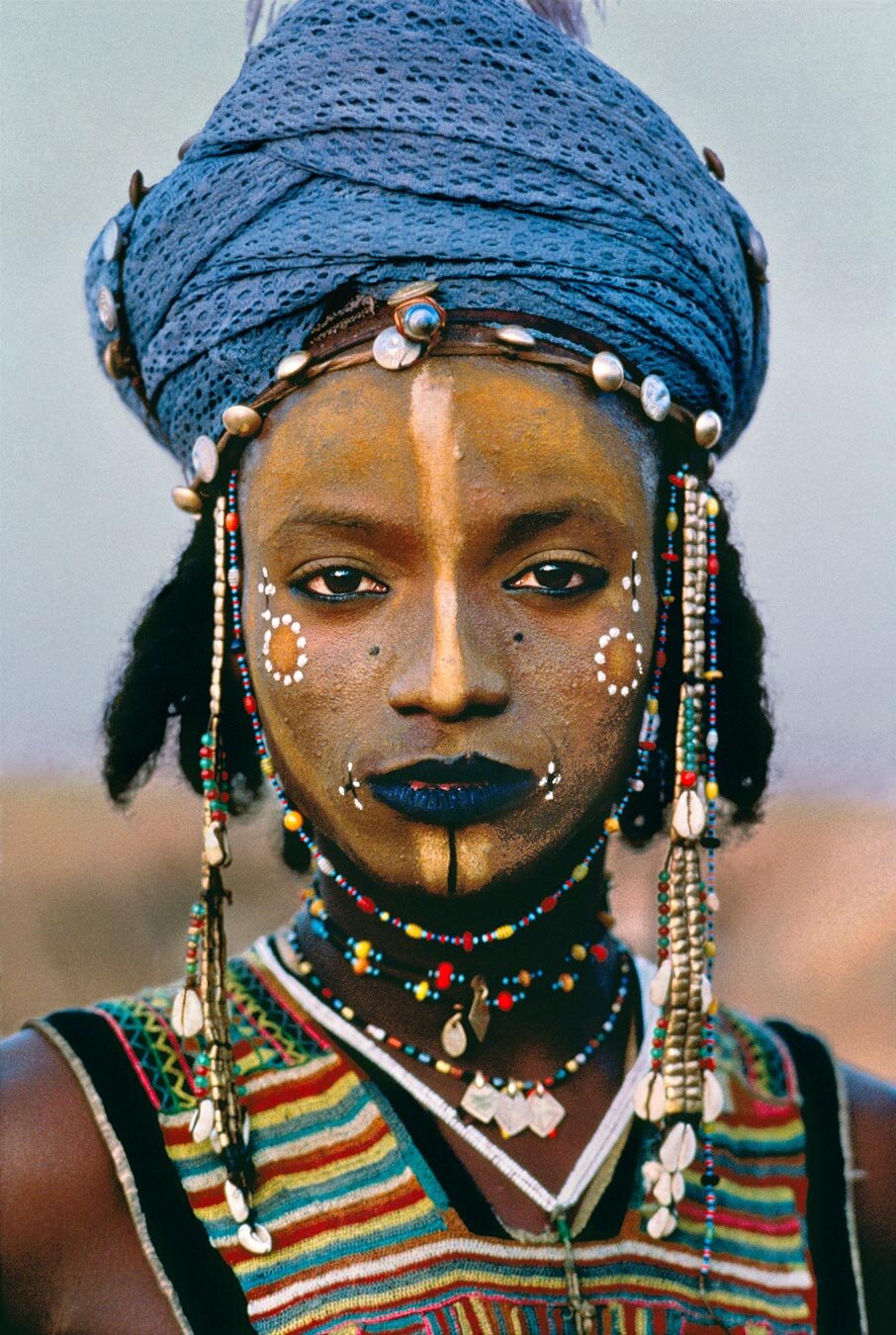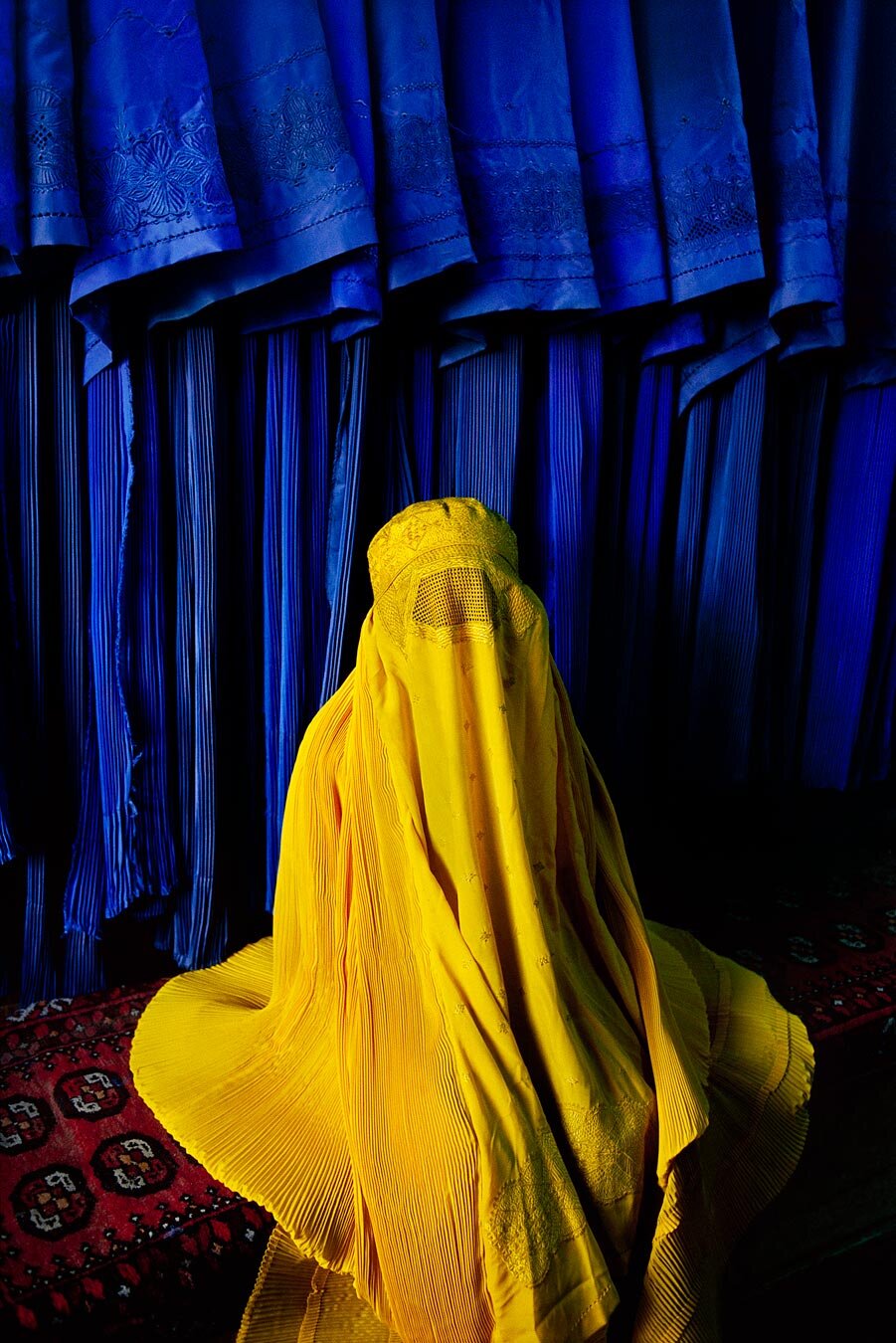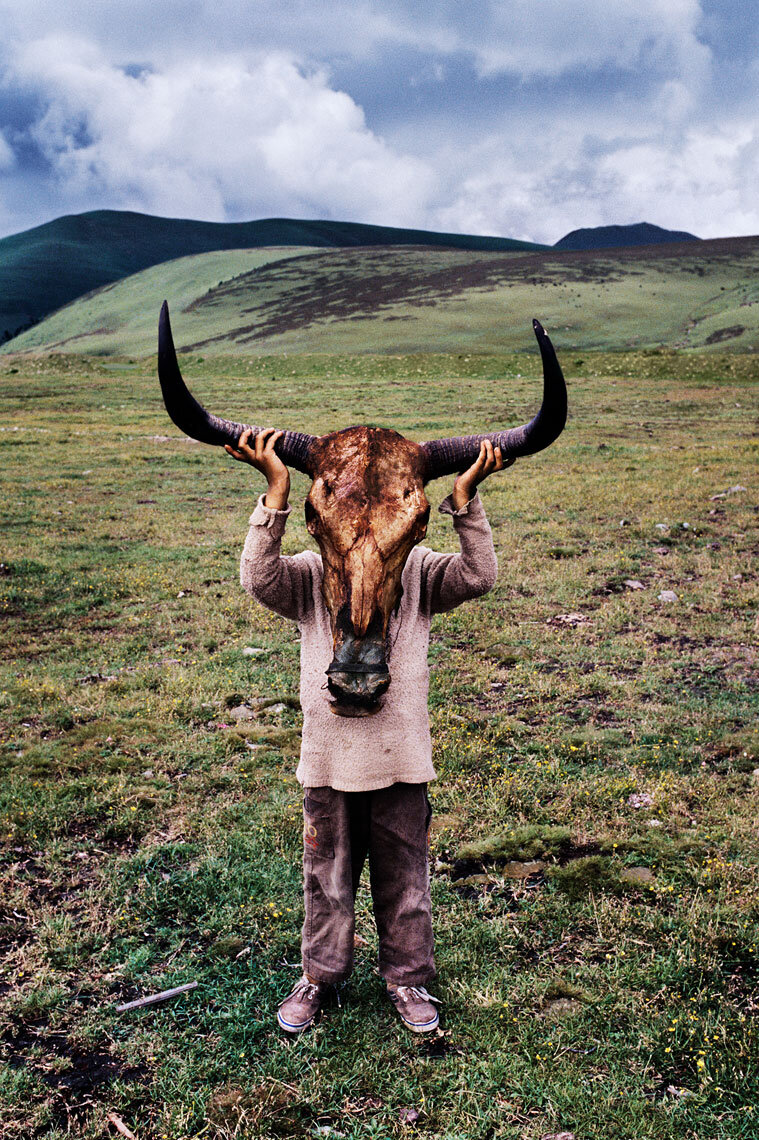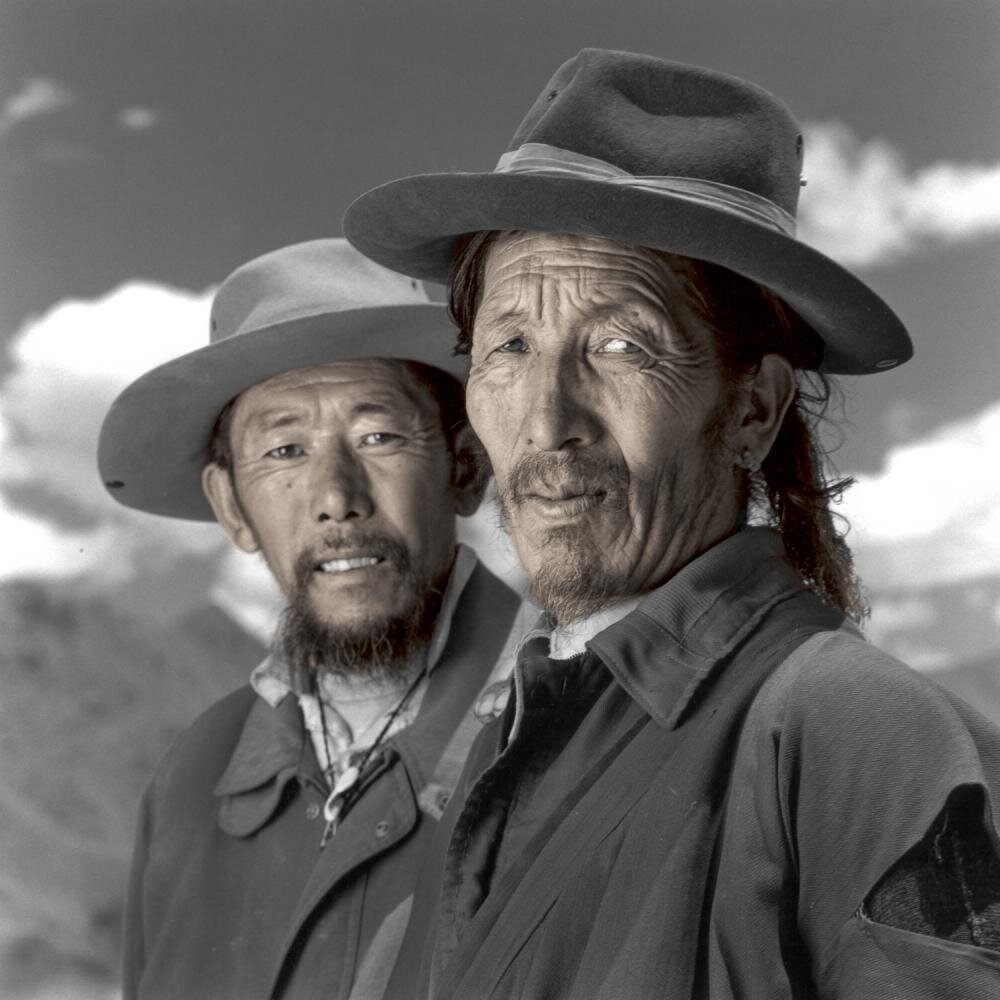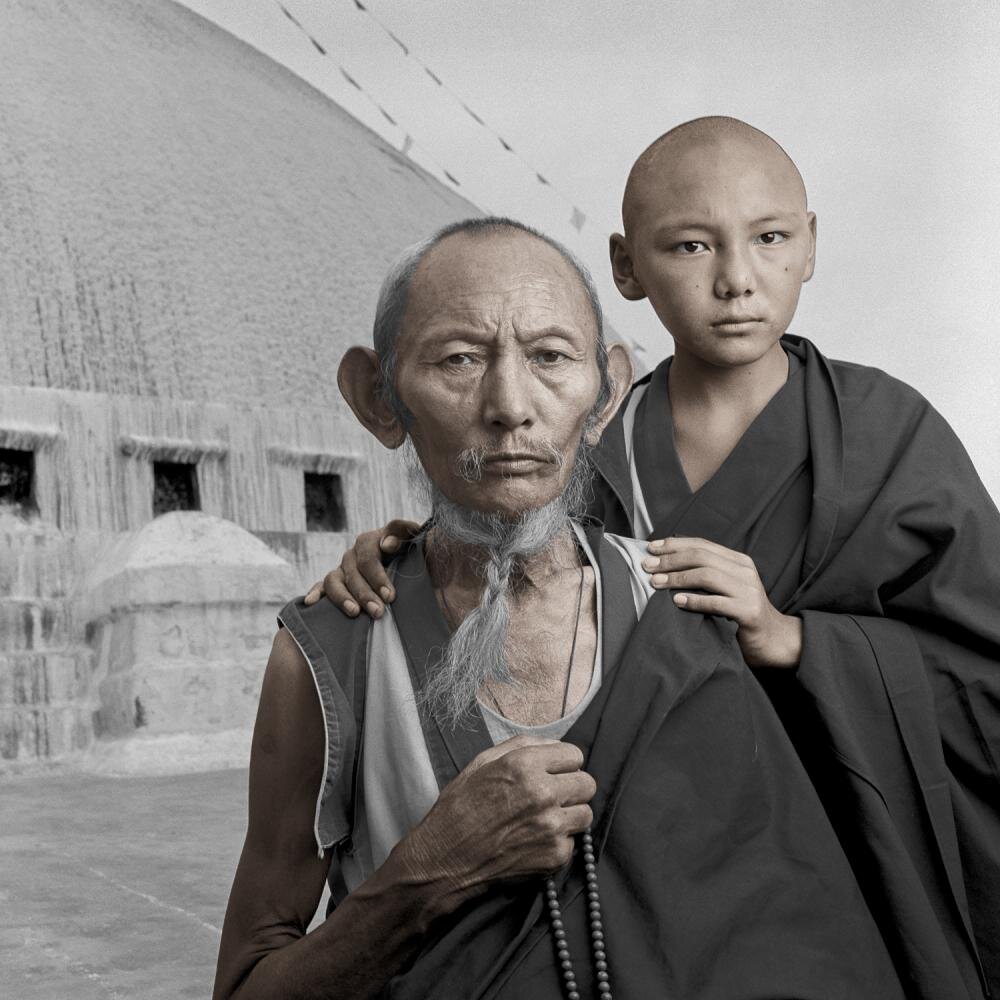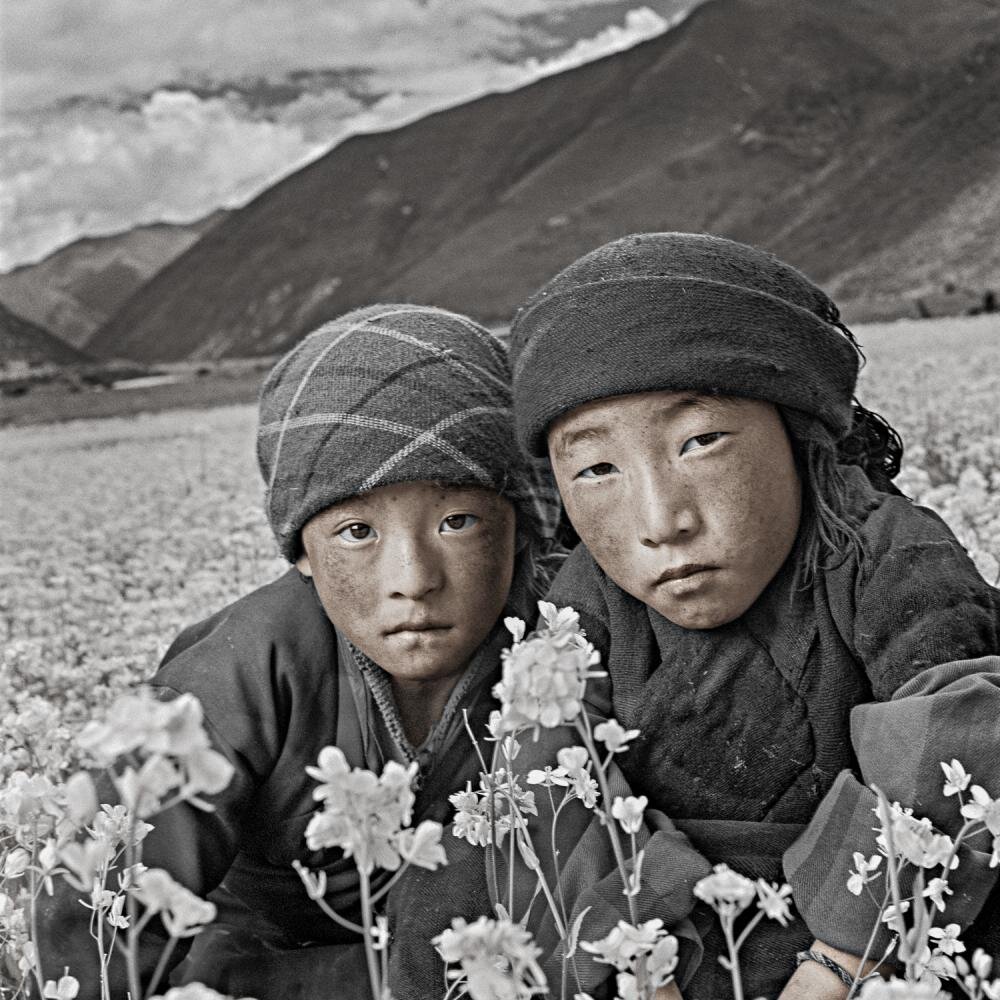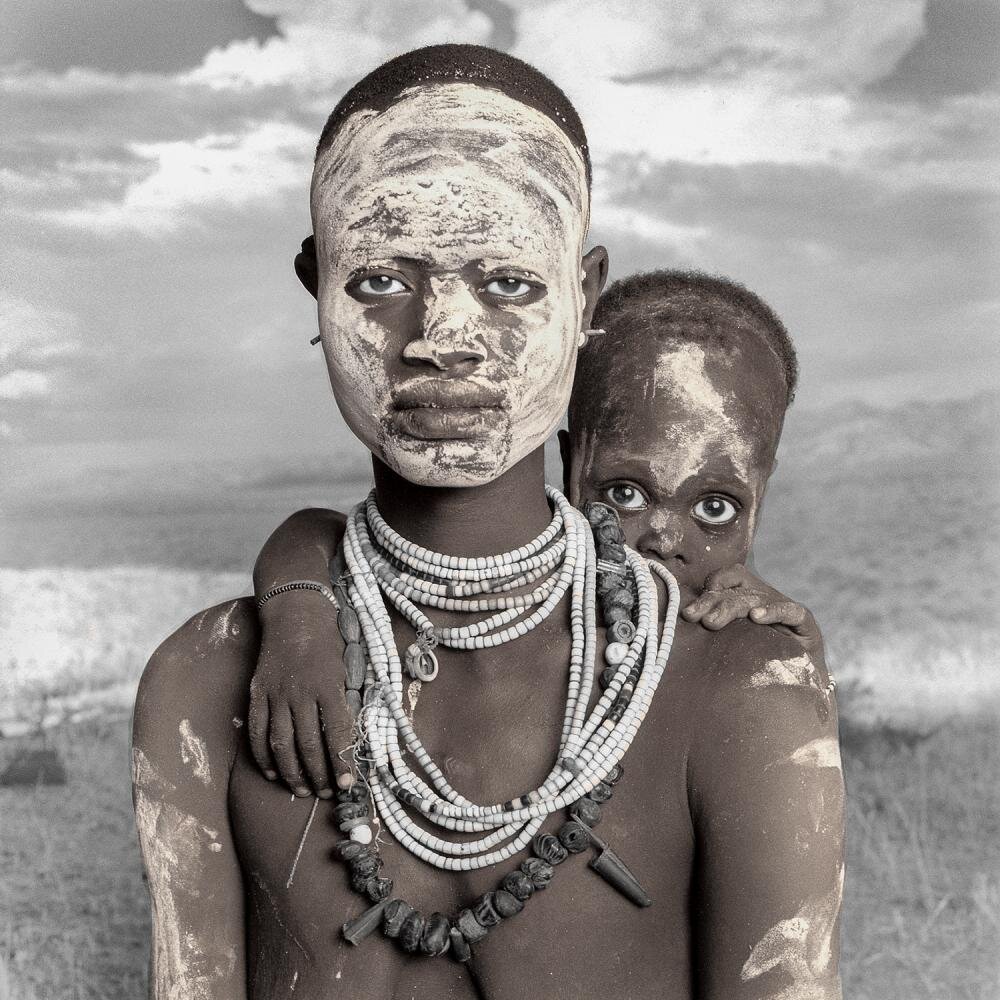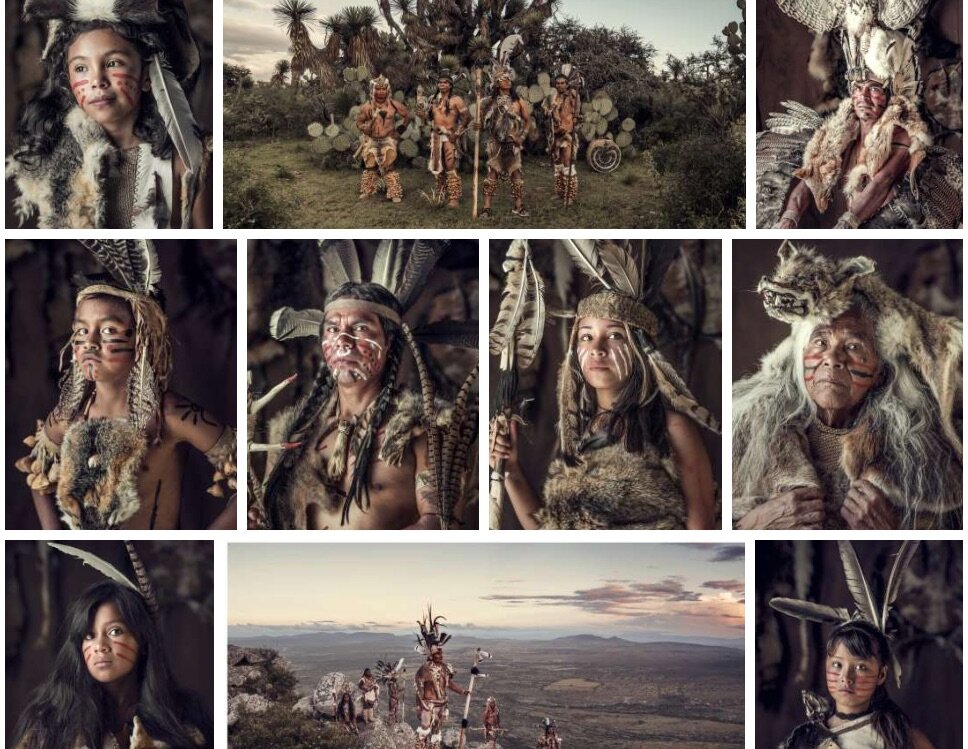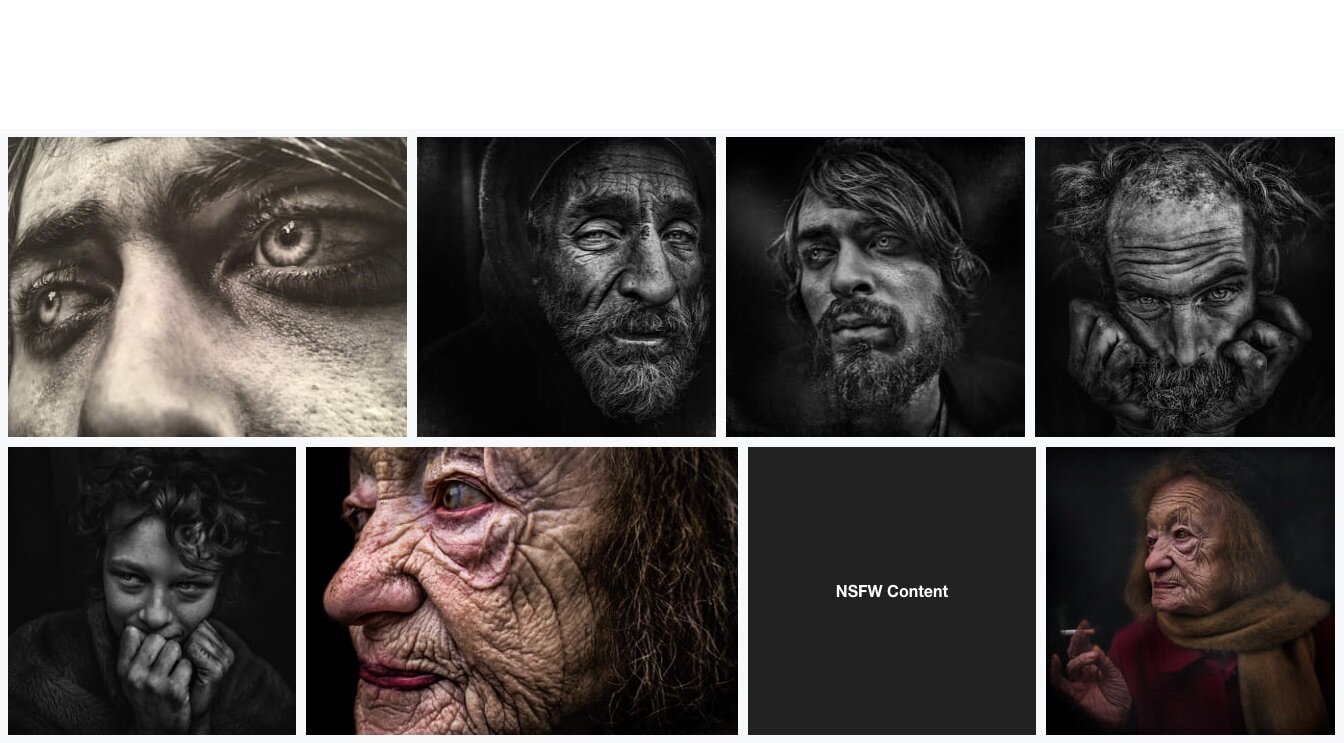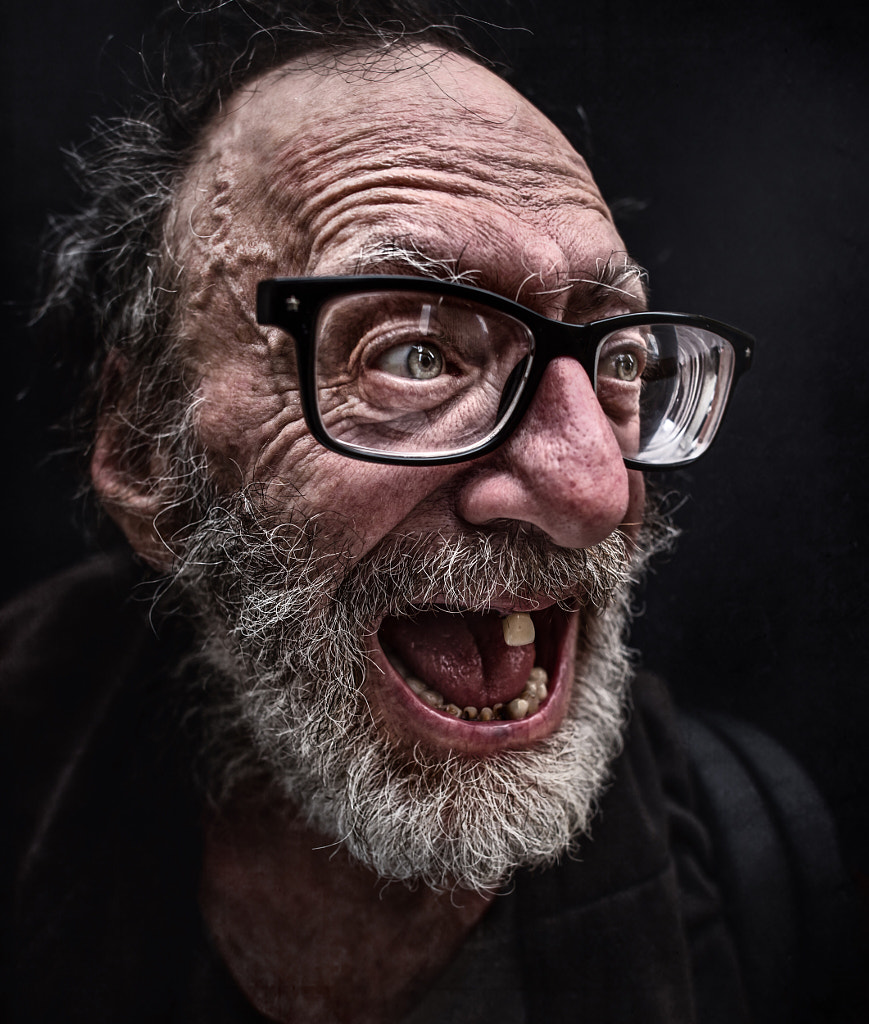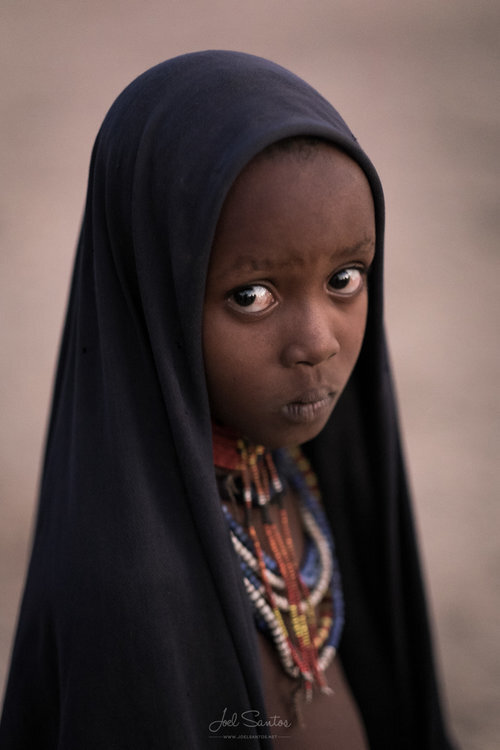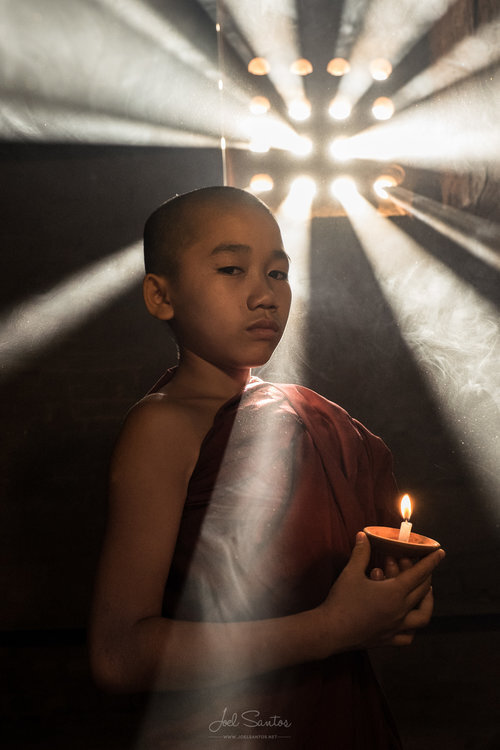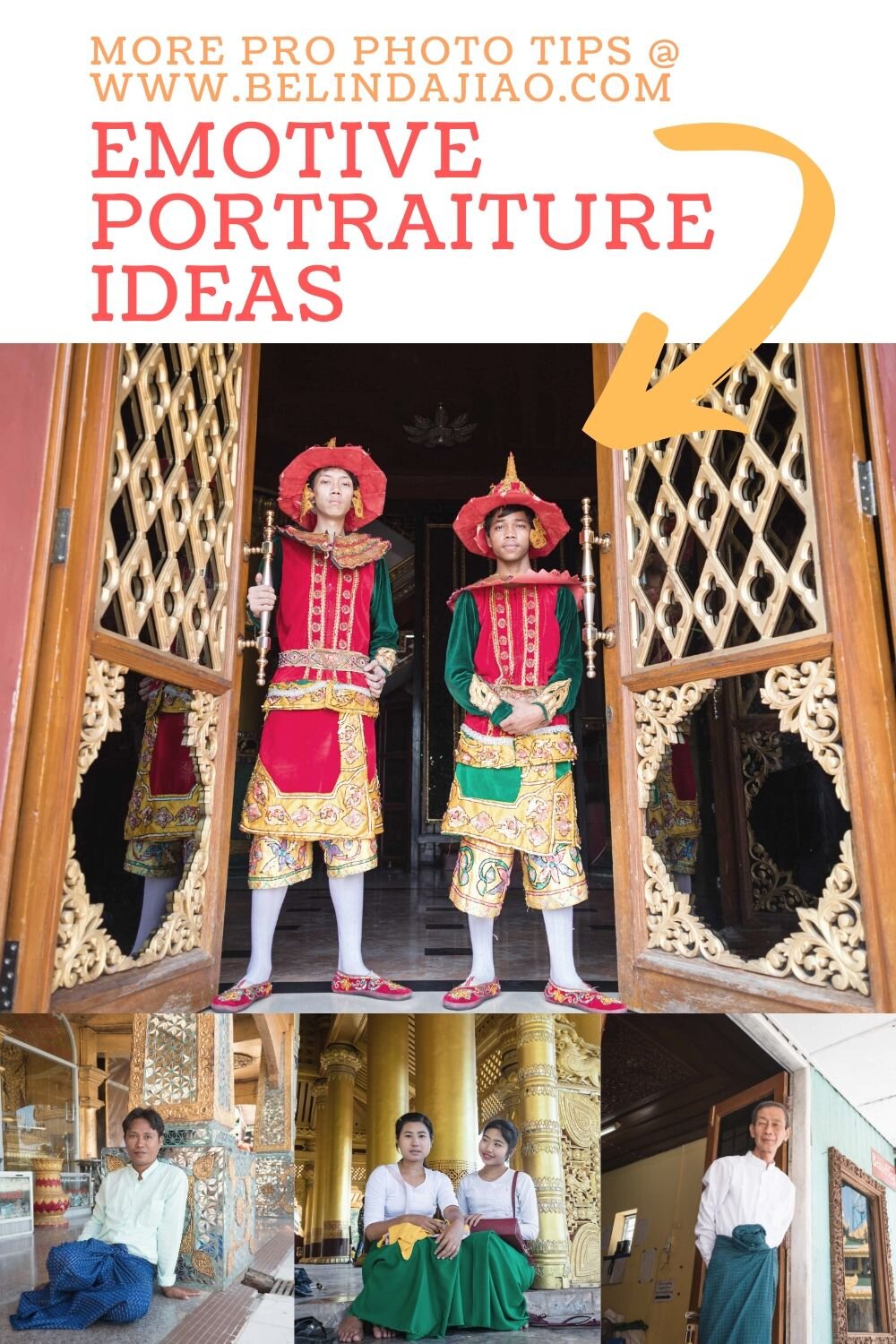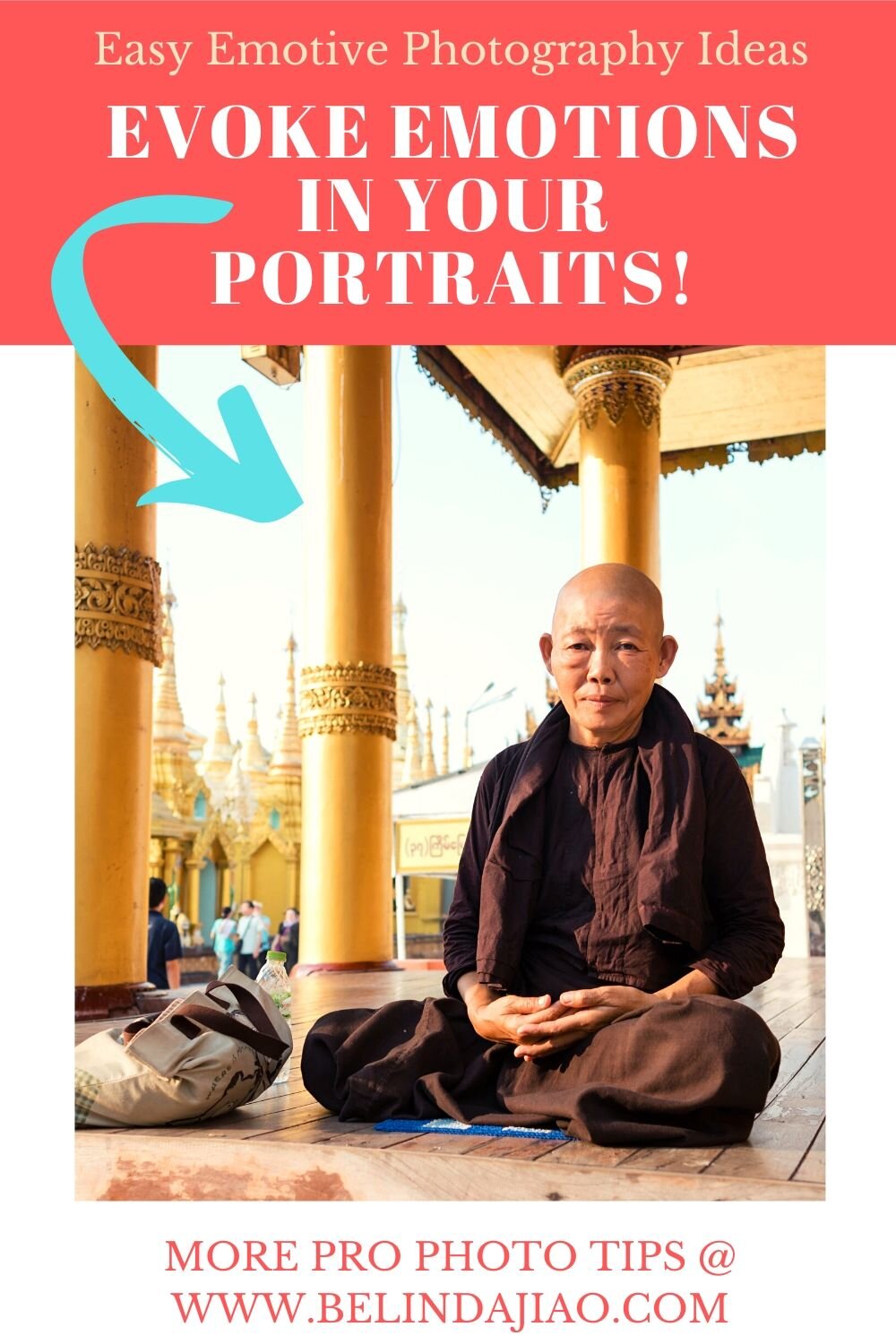The emotional attachment of photographs is common to the work of many great portrait photographers, and so it is worth studying how to produce portraiture that evokes emotions in readers.
There are two parts as to how to evoke emotions in portrait photography. First, identifying the emotion in your subject, and secondly, internalising your emotions and translating that into an image. Here are some quick ideas for emotive photography. You can start with photographing children, elderly and relationships.
If you find this helpful, SUBSCRIBE to my channel via the box on the left to make the most out of my blog! Also, do share it with people who might be interested. Shoot me an email/ DM to share your thoughts too!
Also, Pin this article to your Portrait Photography boards in Pinterest if you find it helpful!
Whose Emotion?
One thing that needs to be clarified from the very start, is that whose emotions are we talking about?
In reality, there are three parties involved - the subject, the photographer, and the viewer.
From the perspective of photographers, the latter isn’t totally within our control.
Thus, we mostly work with the former two: emotions of the subject, and internalised emotions of the photographer - the two sections into which this blog post will be organised.
Hunt for the Emotion in the Subject
It is the photographer’s skill to notice the emotion, and bring it into light through the camera.
Therefore, observing is the key.
So you ask, ‘what exactly do I hunt for?’.
That is precisely what photographers need to think about, but below are some good starting points for a photographer’s hunt.
Children
Flick through photojournalism and award-winning collections - you will notice that children often make a lot of the best photographs.
For one, children readily show emotions.
Here are some shots I took of kids running around in Yangon, Myanmar.
For this reason, it is easier to spot photo-worthy complexions on children.
Another thing is that children are often associated with the lack of complicated feelings, and mostly cheerfulness.
Therefore, emotions associated with bitterness can appear to be very out of place, and thus more noticeable.
Documentary shot by Eric Lafforgue.
This example is an image from Eric Lafforgue, who has travelled across some of the most exotic parts of the world and created images full of emotions. Studying his approach to depicting emotions is both very enjoyable and rewarding.
Elderly
Shots of elderly always carry with them meaningful stories.
One way of seeing it is because the subject THEMSELVES are full of stories. To some extent, people’s appearances reflect their voices on a deeper level.
Portrait shot by Rehahn Photography.
There are many characteristics unique to elderly that naturally create more drama in their shots.
For instance, deep wrinkles, dated fashion and accessories, as seen from this shot from Rehahn Photography.
This is but one of these shots where he shot close-ups of elderly, just close enough to include context, and let the subject tell his/ her stories that transpires the sense of time.
People with a Surprise Element
‘Surprise’ is certainly a loosely-defined word that overarches many things.
And the fact that we cannot substantiate what it means is exactly why it creates emotion - the feeling of shock, confusion, and inspiration.
When we look at these portrait shots by Steve McCurry, we see a few ways surprise can manifest itself.
On the left, for instance, we have a portrait that highlights the exotic aesthetics of a Nigerian woman, one of which is vastly different from the world’s mainstream perception of ‘beauty’.
The middle one, on the other hand, took me by surprise as the veil created mystery. The human mind subconsciously tries to understand what is happening in the portrait, but it isn’t given enough information to do so.
The right one induces the element of surprise by capturing something that is outright queer.
Bonus #1: Relationships
When you found your point of interest, the most apparent thing to do is to photograph your subject.
But usually, as you observe for a little longer, you start to notice the people around them.
Especially if you are photographing a public area, people hang around in pairs, families, or groups.
These are shot by Phil Borges, from his project featuring Tibetan refugees. I highly recommend you check out this series - it is incredible to see how powerful are the emotions evoked, even when the colours are reduced to mostly the neutral palette.
Here you can see that each subject might be able to make an emotive portrait on their own. But the tension created by photographing two people at a time adds one more dimension to the emotions at play.
And that is the relationship between the subjects in frame.
Transcribe your (the Photographer’s) emotions into Images
This is when a photographer is to exercise his creative judgment in selecting the right tools to capture that emotion onto an image.
Whatever technique is employed, it serves one single purpose, that is to ‘enlarge’ the emotion in the subject, and to down-scale unhelpful details from the frame.
Below are some examples of how this can be achieved.
Minimise the Background
Emotive portraits commonly create this effect where the picture zooms into the subject.
The most straightforward way is to remove the disturbances in the background, so that your reader’s eyes have not much to look at but your subject, the sole source of emotions.
People & Places - Chichimeca shot by Jimmy Nelson.
This is Jimmy Nelson’s collection featuring Mexican groups. While these portraits were not shot against plain backgrounds, we can see that some thought was given as to blurring the backgrounds using the depth of field.
This can be effectively achieved by widening your aperture, using a telephoto lens and a camera with a larger sensor.
Also, dodging and burning in editing can enhance this effect.
Get Close
90% of the emotions you see in a subject comes from the eyes.
Therefore, shooting your subject close-up helps you get a sharper focus in the eye, as well as other facial features that are powerful in conveying emotion, such as the lips, wrinkles and eyebrows.
Speaking of shooting close-up, I have to mention Lee Jeffries. He has almost made it his style to shoot headshots, with stellar focusing on the iris, the brows, and the wrinkles.
The closer you get, the more intense that emotion will be.
Use Wide Angled Lenses
Normally, wide angled lenses are seldom recommended for portraits.
It has the effect of creating visual distortions that may not be desirable for portraits taken for everyday purposes.
However, when it comes to drama, a photographer has more artistic freedom to play with distortions.
This is again from Lee Jefferies. You can see how the head of the subject seems to be bulging out of the frame.
From the specs on his website, it was taken using a 24mm prime lens, at f/1.4 1/125 ISO100.
When shooting on a wide-angled lens, what is closer to the camera appears closer than it actually is, and vice versa.
This is perfect for accentuating the emotions (aka the face), and reducing the rest of the images (aka the shoulders).
Utilise Vantage Points
Vantage point is the height at which you take the photograph, relative to your subject’s height.
A high vantage point means you are pointing your camera downwards; a low vantage point means that you are pointing your camera upwards.
Ethiopian boy shot by Joel Santos in Ethiopia.
Here is an example of the high vantage point, in a photograph of an Ethiopian boy shot by Joel Santos.
The subject is then made to look upwards, implicitly suggesting a sense of vulnerability and softness.
Novice monk shot by Joel Santos in Myanmar.
Whereas in this example, also taken from the same collection by Joel Santos, depicts a novice monk using a low vantage point.
The subject is looking down into the camera, which creates a sense of power and dominion.
What this pair of photos show is that, even when both subjects are children, adopting a different vantage point can create a huge contrast as to the power dynamics within the photograph.
This is an effective means to tailor the emotions we as photographers try to evoke.
Bonus #2: Create Emotions in Subjects
You might be thinking, what if I am not taking humanitarian portraits? I still want to be able to evoke emotions in my portraits for, say, commercial purposes.
Surely, you can!
You just need one additional step, which is to generate an emotion you want to capture in your subject.
Make your subjects emulate that emotion.
This again becomes an issue of how to direct your model in a portrait shoot, especially about how you tell stories to help your model enter a mood, and I shall not repeat myself here.
Summary
In this article, we talked about:
A two-fold understanding of emotions consisting of that of the subject, and the photographer.
Children, elderly, surprising people and relationship being some good starting points to look for emotions.
Leveraging on photography techniques, including background blur, close-up shooting, using wide-angled lenses and vantage points.
How to create emotions by directing your subject through story telling.
More sharing coming soon!
SUBSCRIBE via the box on the left for more PRO tips, and follow me on Instagram (@_bjiao__) and let me know what you think in the comments.
Share this article on Pinterest too!
Keep shooting, keep creating!
The mission of this blog is to provide the best insider information in the photography industry, as openly as possible. You have direct access to my
first-person experience as an aspiring photographer who talks, but also works.
Honest opinion are rarely available as public resources because this is a competitive industry. Huge sums are made when such information is delivered in the form of mentorship and workshops.
This blog is a great way in which I cover my daily expenses, but also provide real value.
If you have learnt something that would be worth at least $10, please consider donating to the page. This enables me to keep creating content and helping more people sustainably.
Your continued support for the blog is appreciated!


